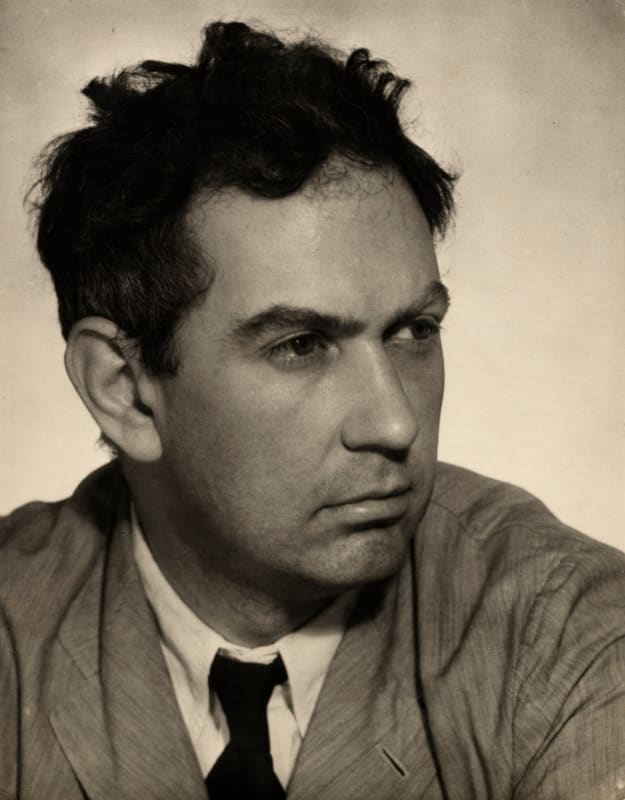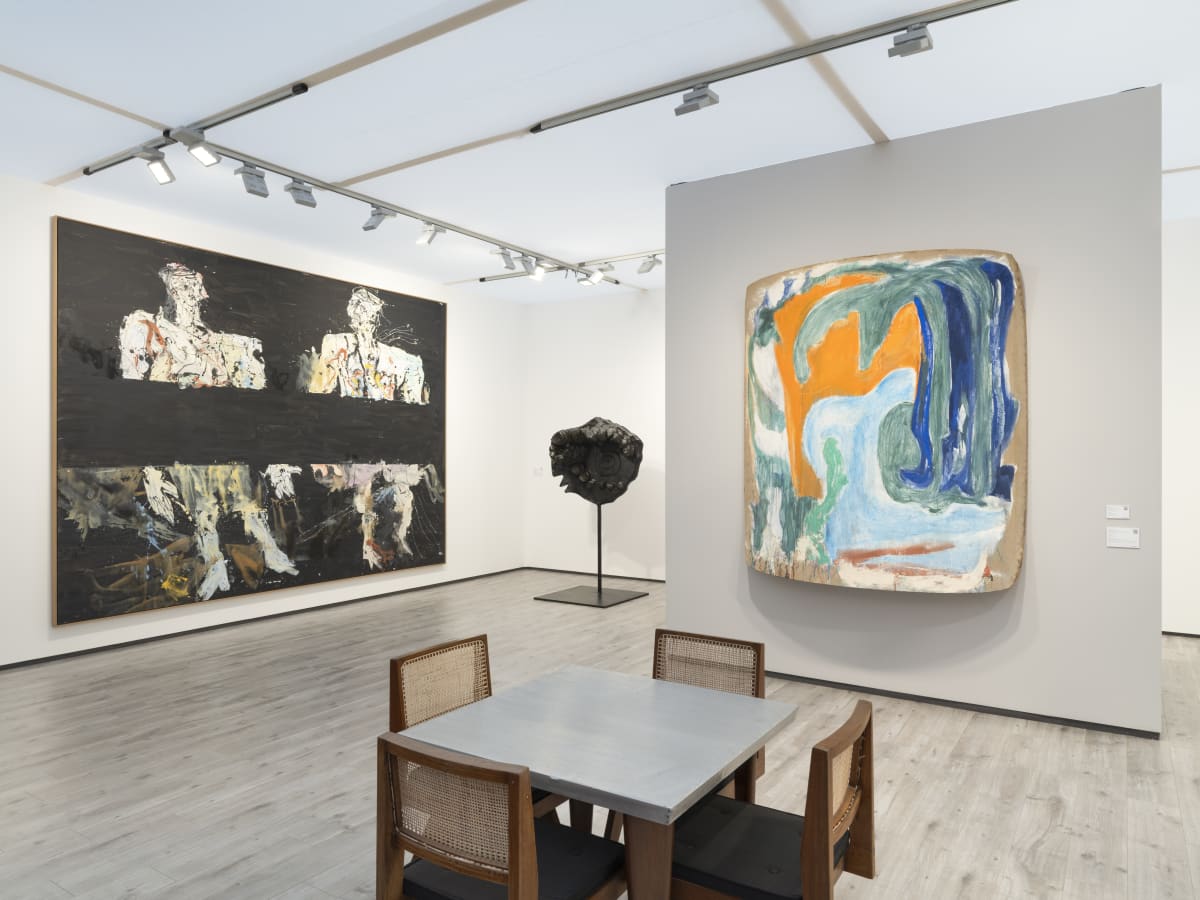Alexander Calder initially studied mechanical engineering but eventually shifted his focus to art. Calder's mobiles were a groundbreaking departure from traditional static sculptures composed of suspended elements that delicately balanced and moved in response to air currents, introducing a dynamic, ever-changing dimension to the art form. Calder also created stabiles, large-scale stationary sculptures of geometric shapes. His ability to imbue inanimate objects with a sense of vitality and movement was a defining aspect of his work. He received numerous accolades, including the prestigious Grand Prize for Sculpture at the Venice Biennale in 1952, marking the first time a sculptor had been honoured with this award. Today, Calder's works can be found in several prestigious museums around the world, including the Museum of Modern Art in New York, the Centre Pompidou in Paris, the Tate Modern in London, the National Gallery of Art in Washington, D.C., and the Guggenheim Museum in Bilbao, among many others. Calder died in New York, NY in 1976.
Join our mailing list
* denotes required fields
In order to respond to your enquiry, we will process the personal data you have supplied to communicate with you in accordance with our Privacy Policy. You can unsubscribe or change your preferences at any time by clicking the link in our emails. This site is protected by reCAPTCHA and the Google: Privacy Policy and Terms of Service apply.




